Are you a technical professional using code from GitHub, and open source platforms to develop your project or a student using online programming materials to submit your assignments? Then this is your sign to stop it!
GitHub has around 420 million repositories owned by 100 million developers. There are around 28 million public repositories available on the web. The increasing accessibility of code repositories and online resources has made it easier for individuals to copy and modify code without proper attribution. This can affect learning, create legal troubles, and raise ethical questions. Both schools and the software industry are worried about this growing issue of code plagiarism.
But, we have made it easy for you to overcome the challenges of code plagiarism, tools to detect it, and tips to avoid it. It’s all about keeping your code original and ethical, whether you’re a student, a developer, or part of an open-source project.
What is Code Plagiarism?
Code plagiarism occurs when someone copies or reuses code written by another individual without proper attribution or permission. It can range from directly copying entire scripts to minor modifications, like changing variable names, to conceal its origins.
Code plagiarism is prevalent in various settings, including:
- Academia: Students copying code for assignments, projects, or exams without authorization.
- Open-Source Contributions: Using code from repositories like GitHub without adhering to licensing terms or providing credit.
- Professional Environments: Developers or freelancers duplicating proprietary code from external sources or previous projects.
Due to fabrication, plagiarism and other copyright issues, the number of intellectual property rights (IPR) applications increased by approximately 5.94% from 2022 to 2024. (India)
Why is Code Plagiarism a Concern?
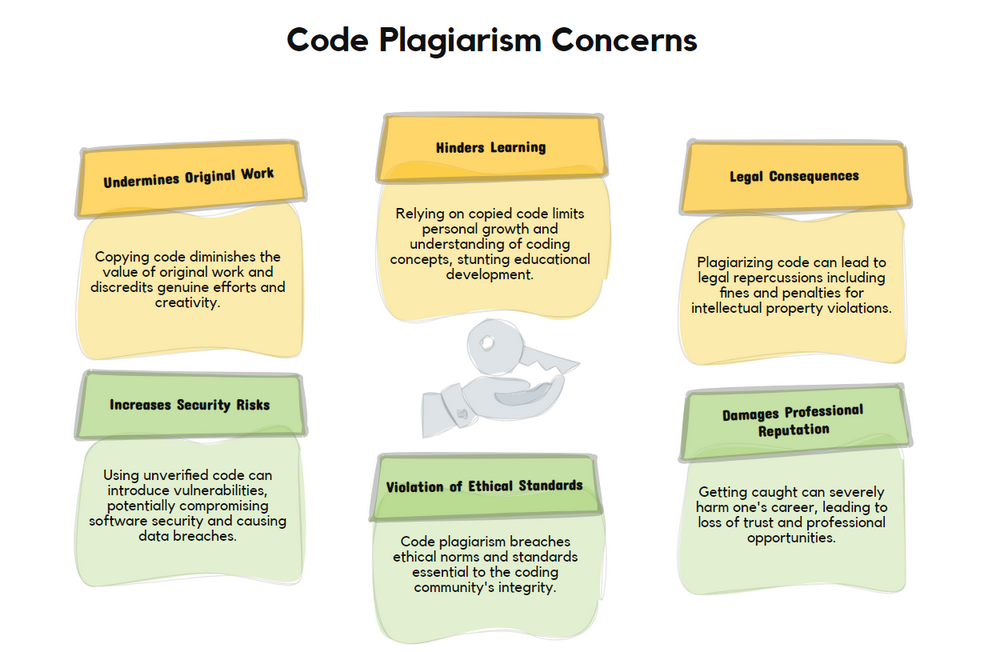
1. Ethical Implications
- Copying code without giving credit affects creativity and originality.
- It sets a bad example and discourages honesty in programming.
- Violates professional and educational integrity standards.
2. Legal Risks
- Using plagiarized code can break intellectual property laws.
- Many codes are shared under licenses like GPL or MIT. If you don’t follow the rules, it can lead to fines, lawsuits, or even shutting down your project.
- Companies also risk losing their reputation if they get caught using copied code.
3. Academic Consequences
- For students, copying code leads to failing grades or even expulsion.
- It builds a habit of taking shortcuts and stops them from learning important skills.
- Plagiarism keeps students stuck and unready for real-world challenges.
Common Scenarios of Code Plagiarism
Code plagiarism happens in many places, and it brings ethical, legal, and professional problems. Knowing where it happens is the first step to stopping it. Let’s look at the most common situations where code plagiarism occurs and why they matter.
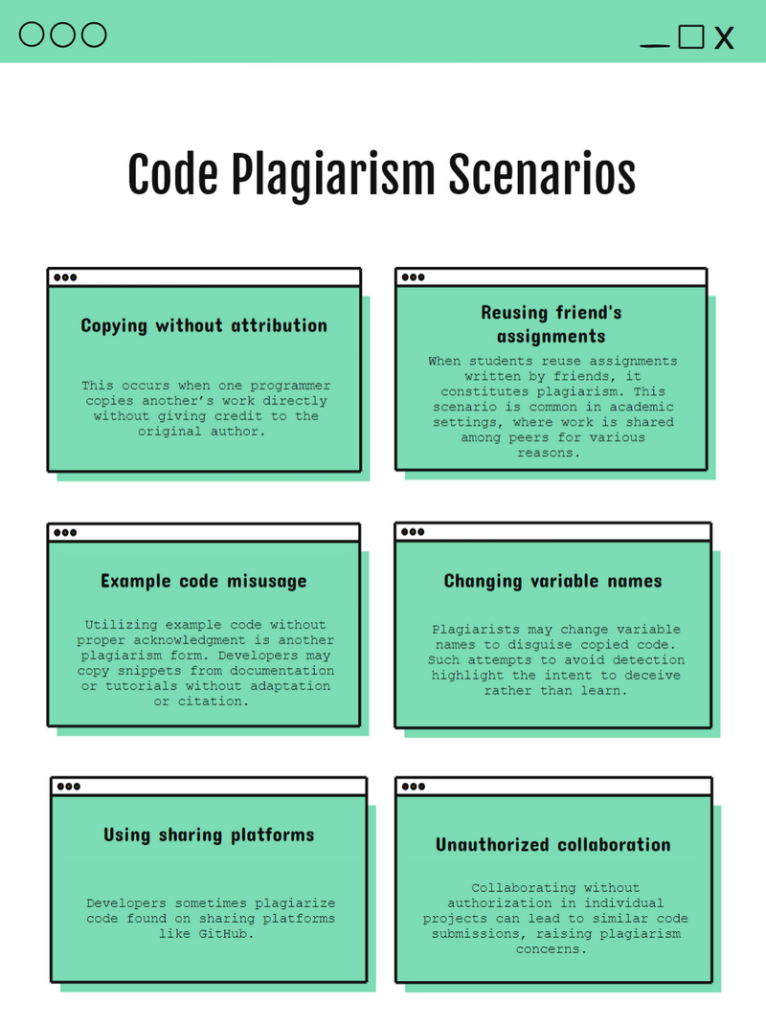
Academic Settings
If you’re a student, it might feel tempting to reuse code for assignments or projects. But when you copy code without credit, you miss out on learning how to solve problems on your own. Schools also struggle to ensure fairness and help everyone build real coding skills when plagiarism happens.
Open-Source Projects
Have you ever used code from GitHub or Stack Overflow? That’s fine as long as you follow the licensing rules. But when you skip giving credit or ignore the guidelines, it’s a problem. It goes against the open-source community’s values and could lead to legal trouble, especially if you use that code in paid projects.
Professional Environments
At work, you might feel the pressure to deliver projects faster. Copying code from past projects or external sources may seem like a quick fix, but it can create big problems. It could break intellectual property laws, harm your company’s reputation, or even lead to lawsuits if the copied code ends up in a product.
When you understand where plagiarism happens and the risks it brings, you can take steps to avoid it.
Challenges in Detecting Code Plagiarism
Detecting code plagiarism is not always straightforward due to various complexities that blur the lines between originality and duplication. Here are the major challenges faced:
Code Obfuscation
Plagiarized code is often hidden by renaming variables, reordering functions, or changing comments. These changes make it hard to detect plagiarism manually or with basic tools. Advanced tools that analyze code structure are needed to spot similarities beyond surface-level edits.
Code Similarity vs. Plagiarism
Not all similar code is plagiarism. For example, algorithms like sorting methods often look the same across projects because they solve problems in standard ways. The real challenge is telling the difference between shared logic and deliberate copying. Tools that analyze context and structure are key to making this distinction.
Shared Libraries or Frameworks
Using popular libraries or frameworks like React or Bootstrap can result in similar-looking codebases. This isn’t plagiarism if the licensing rules are followed and proper credit is given. Failing to follow these rules can lead to legal issues, even when the code reuse is legitimate.
Is AI-Generated Code Considered Plagiarism?
Using AI to write code isn’t automatically plagiarism. Plagiarism happens when you take someone else’s work and claim it as your own. AI tools like ChatGPT create code by analyzing patterns, so their output is usually unique. However, if you use AI-generated code without understanding it or without crediting the tool, it can raise ethical concerns. Treat AI as a helper, not a shortcut to bypass learning or responsibility.
In a Reddit discussion on coding with AI, users debated whether using AI in programming counts as cheating. Some felt that AI tools are no different from looking up code snippets online, while others argued that overreliance on AI could harm learning.
The Reddit thread also touched on this, with one user sharing a concern: “How do you know if a project uses AI for most of the work? Does it even matter as long as the final result works?” This brings up an important point—it’s less about the tool and more about how it’s used.
How to Check If Code is AI-Generated?
Detecting AI-generated code can be tricky since AI tools are designed to mimic human coding styles. Here are a few tips:
- Patterns and Style: AI-generated code often follows a very consistent structure, with minimal errors and generic naming conventions.
- Use Detection Tools: Tools like GPTZero (designed for text) are being adapted to detect AI-generated code.
- Cross-Reference Repositories: Check if the code matches anything publicly available.
Code Plagiarism Checkers to Un-plagiarize Code
Below is a breakdown of popular tools for detecting code plagiarism, including their key features and use cases:
Moss (Measure of Software Similarity) is one of the most widely used tools in academia for detecting code plagiarism in programming assignments.
It focuses on analyzing the structural similarity of code rather than superficial modifications like renaming variables. This makes it highly effective in identifying copied code, even when students attempt to mask plagiarism. It supports multiple languages such as C++, Java, and Python, making it versatile for educational use.
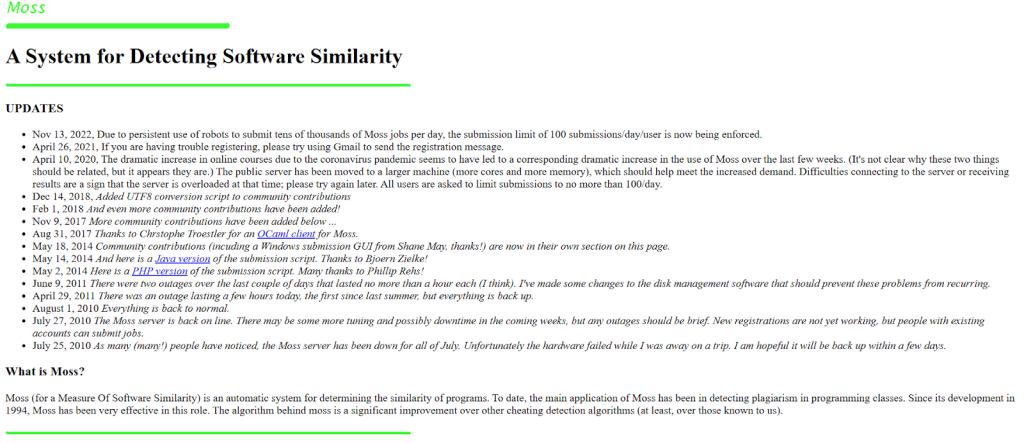
Codequiry caters to both academic and professional settings, offering robust features to detect code duplication. It scans codebases and compares them with external sources, including online repositories, to identify potential plagiarism.
Codequiry is particularly useful for organizations concerned about the misuse of proprietary code and provides detailed similarity scores that help pinpoint problematic sections.
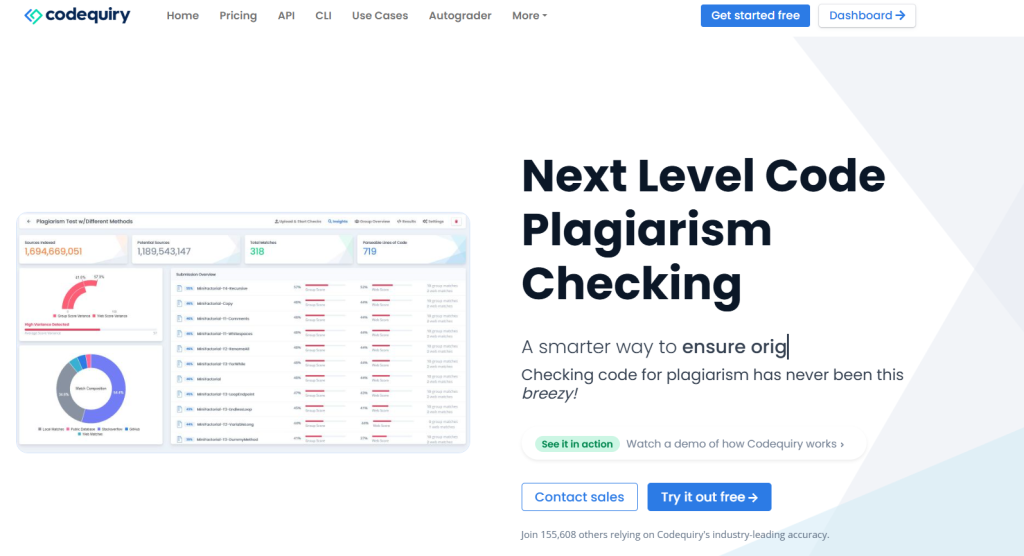
JPlag is an open-source tool favored by educators for its simplicity and effectiveness in detecting structural plagiarism. It visualizes similarities between code submissions, making it easy to identify copied portions. While not as feature-rich as commercial tools, its focus on simplicity and its open-source nature make it a popular choice for academic institutions.
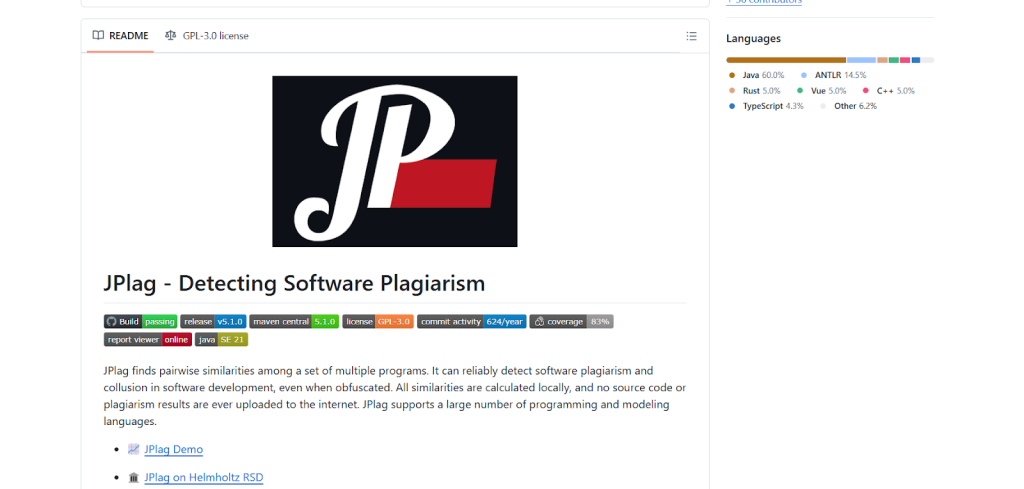
GitHub Copilot and AI Tools leverage artificial intelligence to analyze code patterns and identify plagiarism beyond direct duplication. These tools are particularly useful for large-scale projects, as they detect reused logic and algorithms across extensive codebases. Although they are primarily designed for development, they offer valuable insights for plagiarism detection.
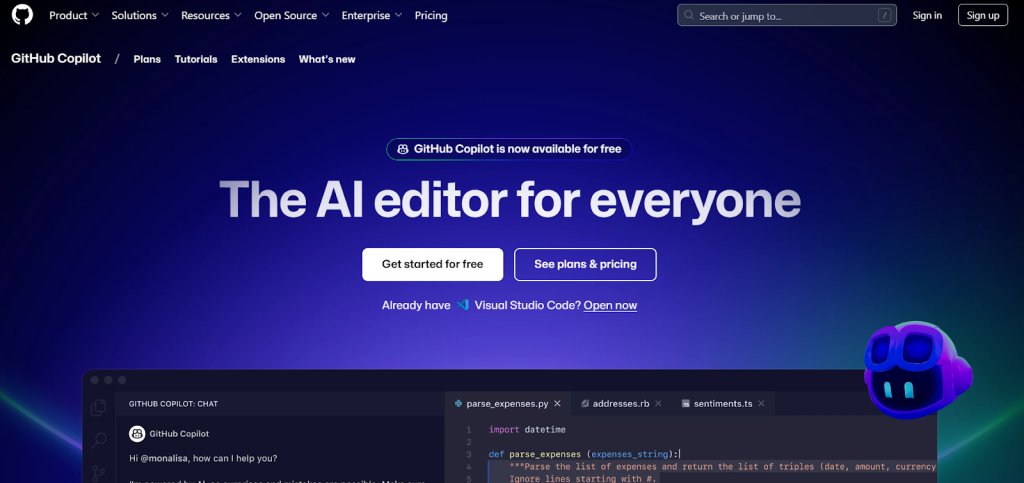
Copyleaks provides a comprehensive plagiarism detection platform powered by AI. It supports multiple programming and natural languages, making it suitable for academic institutions and corporations. With LMS integrations and detailed reports, Copyleaks is ideal for detecting both code and text-based plagiarism.
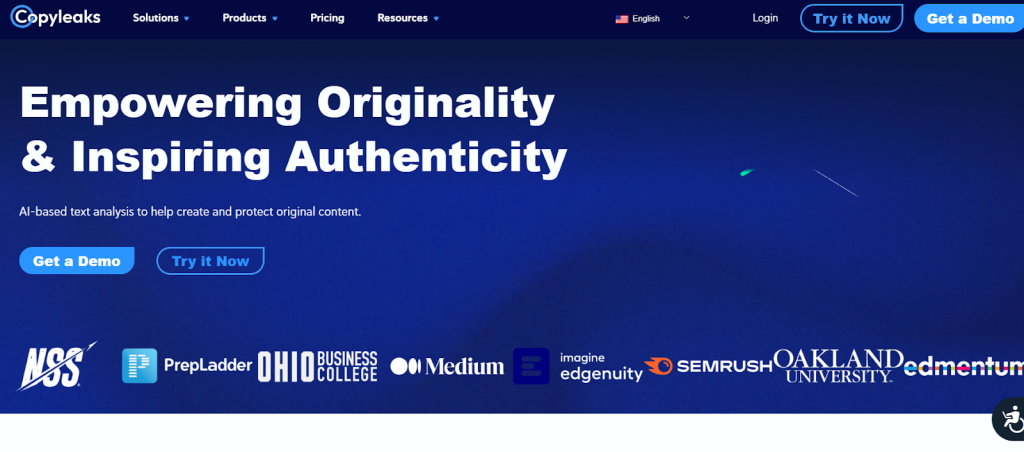
Plagiarisma is a straightforward tool for detecting code and text plagiarism. It’s best suited for smaller-scale projects or individual users looking for quick checks. However, its limited functionality makes it less effective for detecting highly disguised plagiarism or handling large datasets.
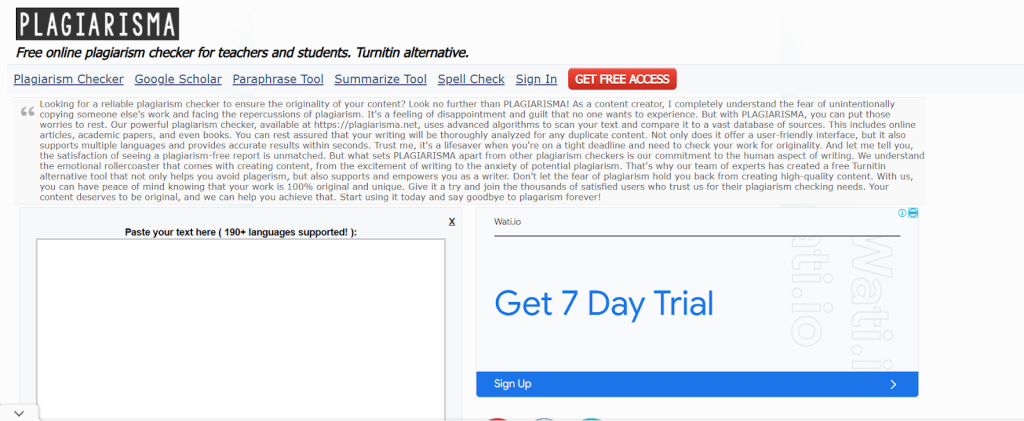
PlagScan combines cloud-based functionality with detailed plagiarism analysis, making it an excellent choice for academic and professional environments. It offers in-depth reports but can struggle with identifying similarities in significantly modified code, limiting its effectiveness for advanced cases.
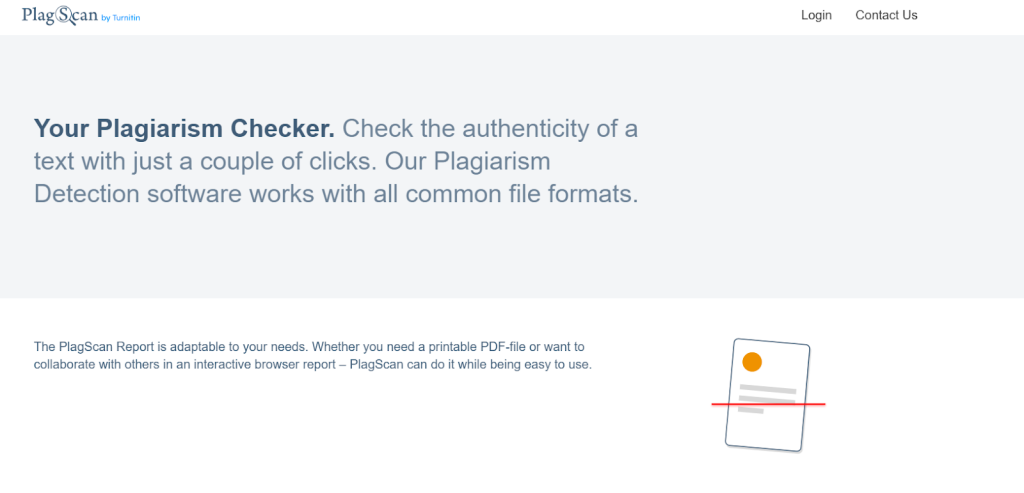
Quetext focuses on real-time plagiarism detection with a user-friendly interface. While not designed explicitly for code, it’s an excellent tool for text-based checks and can complement code-specific tools when documentation or comments are part of the submission.
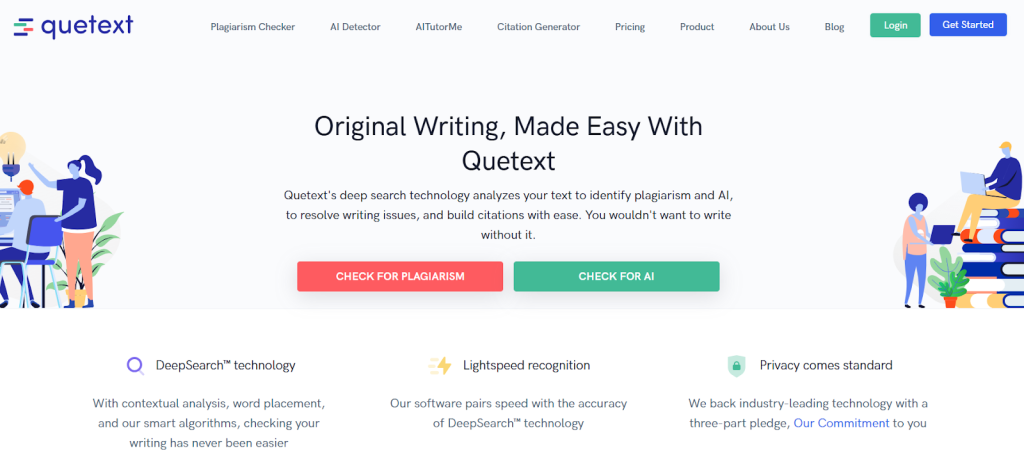
Scribbr excels at detecting plagiarism in research papers and text but offers limited functionality for code. It works best when used alongside other tools for multi-purpose plagiarism detection in projects that combine code with extensive documentation.
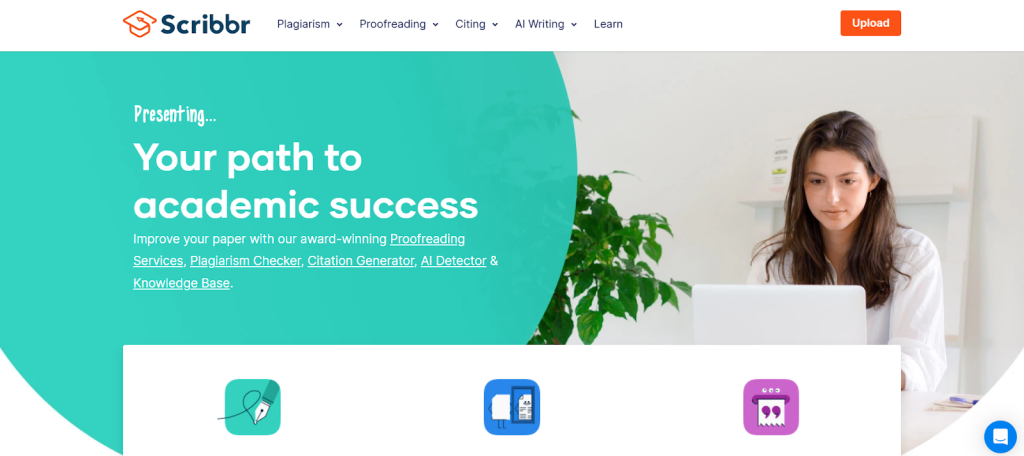
Grammarly is primarily a text-based tool but can flag similarities in comments or documentation accompanying code. While not suitable for detecting programming-specific plagiarism, it serves as a useful complementary tool for reviewing project documentation.
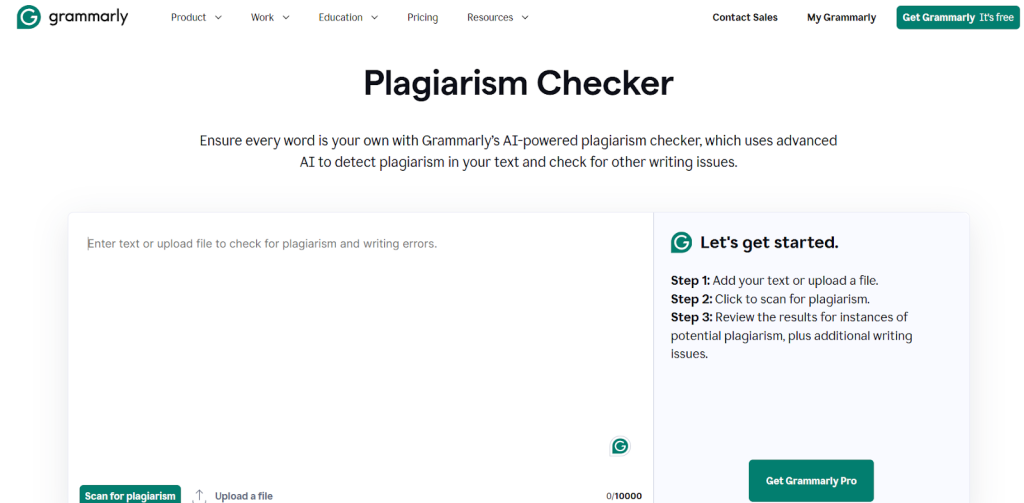
Comparative Analysis of Code Plagiarism Detectors
Here’s a quick look at what each tool does well, helping you choose the one that works best for your needs.
| Tool Name | Used By | Key Features | Ratings | Limitations |
| Moss | Academics, educators | Compares structure; supports multiple programming languages. | ★★★★★ | Limited to academic use; not suitable for detecting external proprietary code reuse. |
| Codequiry | Academics, corporates | Similarity scores; matches against online sources and repositories. | ★★★★☆ | Expensive for individual users; may not detect deeply obfuscated code. |
| JPlag | Academics, open-source reviewers | Open-source tool with visual reports for structural similarity analysis. | ★★★★☆ | Requires technical expertise to set up; not as user-friendly as commercial tools. |
| GitHub Copilot | Developers, corporates | AI-driven detection for logic patterns and reused algorithms. | ★★★★☆ | Primarily designed for development; lacks specific plagiarism-focused reports. |
| Copyleaks | Academics, corporates | AI-powered detection across multiple languages and LMS integration. | ★★★★☆ | Advanced features require higher-tier pricing; limited support for deep code analysis. |
| Plagiarisma | Small businesses, educators | Detects basic plagiarism in code and text. | ★★★☆☆ | Limited scalability; struggles with complex plagiarism scenarios like obfuscation. |
| PlagScan | Academics, corporates | Detailed plagiarism reports with cloud-based support. | ★★★★☆ | May miss similarities in modified code; pricing can be prohibitive for smaller organizations. |
| Quetext | Freelancers, students | Real-time scanning and easy-to-use interface. | ★★★☆☆ | Not tailored for code plagiarism; better suited for text-based checks. |
| Scribbr | Students, researchers | Focuses on document plagiarism with a simple UI. | ★★★☆☆ | Limited capabilities for detecting code plagiarism; works best alongside code-specific tools. |
| Grammarly | Students, professionals | Detects similarities in comments and documentation within code. | ★★★☆☆ | Not designed for programming languages; works as a complementary tool for code reviews. |
How to Check for Code Plagiarism Manually
Sometimes, tools aren’t available, or you just want to check for plagiarism on your own. Manual methods can work really well if you know what to look for. Things like reviewing the code, analyzing version control, and comparing it with other repositories are great ways to catch copied code. Let’s break it down with some simple examples:
Code Review Techniques
A manual code review is done by looking closely at the logic, structure, and comments in the code.
- A student submits a program with super neat formatting, but the comments feel completely different, like they were written by someone else. That’s a big hint that the code might be copied.
- Or take a freelancer working on a project. If some parts of the code use
camelCasefor variables and other parts usesnake_case, it could mean they copied code from another source.
Version Control Analysis
Using Git or other version control systems is like having a timeline for the code.
- For example, a developer submits a huge feature all at once, without making small updates along the way. That’s unusual and might mean they copied the code from somewhere else.
- Another case could be a student’s project with commits that match timestamps from another repository. When you check, the code turns out to be a near copy, with just a few edits.
Cross-Referencing Code Bases
Cross-checking code with publicly available repositories or previous submissions is a manual yet effective approach.
- Let’s say a student claims their work is original, but when you search, the exact code shows up in a GitHub repository. That’s clear evidence of copying.
- In another example, a freelancer reuses code from a competitor’s website without making real changes. That’s not only plagiarism but also a serious legal issue.
By combining these techniques with real-world observations, organizations, educators, and developers can identify and address code plagiarism more effectively, even when it is disguised.
The Golden Practices for Preventing Code Plagiarism
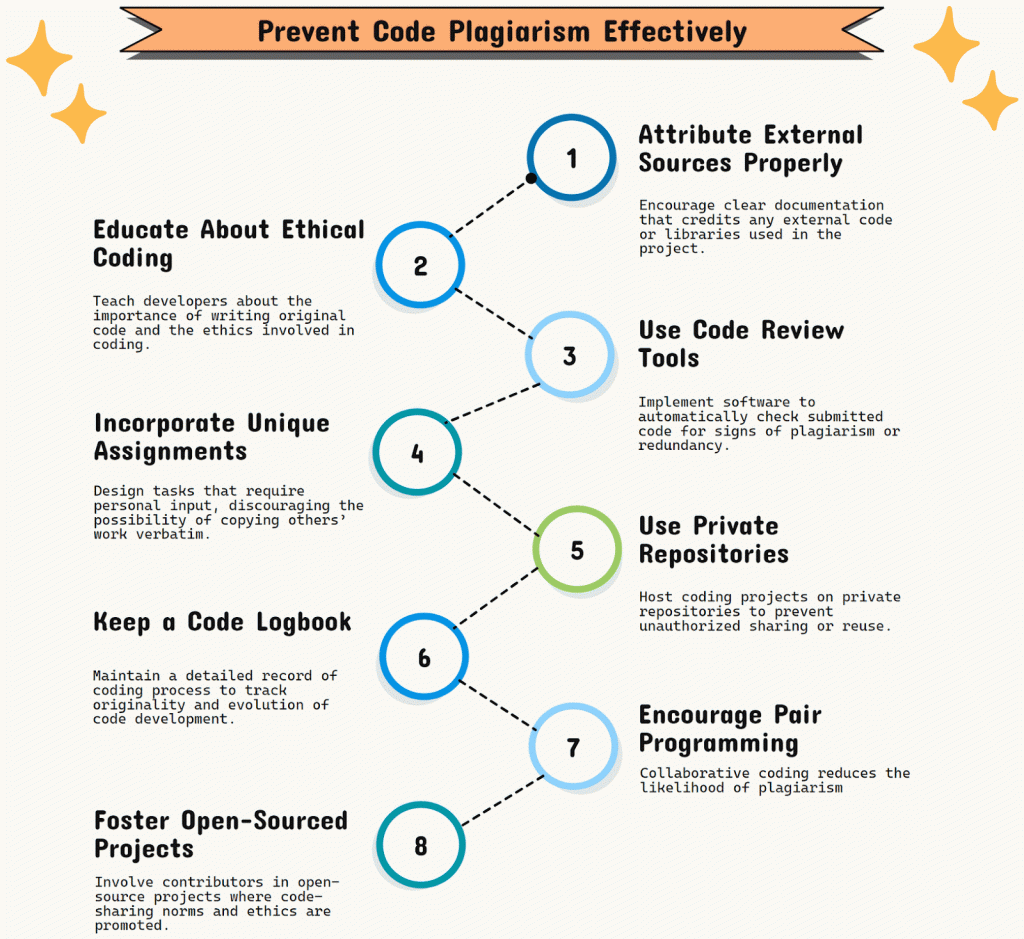
Preventing code plagiarism requires proactive measures that promote originality, ethical practices, and transparency. Here are some proven strategies to ensure integrity in coding.
1. Educate Developers and Students on Ethical Coding Practices
Everyone needs to understand why originality matters and what happens when it’s ignored.
Microsoft faced a major legal case when they were accused of incorporating code from other operating systems into their Windows OS without permission. This case, handled by the court, involved claims from several firms about their innovations being used without acknowledgment. Microsoft eventually settled by paying large sums in compensation and agreeing to stop using the disputed code.
- Pro Tip: Run workshops or classes to explain real-world consequences like lawsuits, reputation loss, and even company-wide bans.
2. Document Code and Attribute External Sources Properly
Encourage clear documentation that credits any external code or libraries used in the project.
- Pro Tip: Include comments like, “This sorting function is adapted from [source]” to acknowledge the original creator.
3. Use Licensing to Regulate Code Reuse
Implement open-source licenses (e.g., MIT, GPL) that clearly outline how code can be reused or modified.
- Pro Tip: If you use an MIT-licensed library, ensure the license text is included in your project as required.
4. Encourage Pair Programming and Peer Reviews
Collaborative coding reduces the likelihood of plagiarism by fostering team accountability and oversight.
- Pro Tip: During a peer review, a teammate notices and flags a copied section of code before it is submitted.
5. Use Private Repositories for Student Assignments
Host coding projects on private repositories to prevent unauthorized sharing or reuse.
- Pro Tip: Universities using GitHub Classroom can set up private repositories for each student to secure their work.
6. Implement Version Control for Transparent Contributions
Encourage the use of version control systems like Git to track the development process and ensure gradual, original contributions.
- Pro Tip: A team member who consistently commits only large, completed code chunks can be flagged for review.
7. Apply Automated Tools Proactively
Incorporate plagiarism detection tools like Moss or Codequiry as part of routine project submissions.
- Pro Tip: Run all submitted code through a tool to flag any potential duplication before grading or deployment.
8. Limit Access to External Code During Exams
For assessments, restrict access to the internet and external repositories to ensure students rely on their skills.
- Pro Tip: Set up controlled coding environments that allow only specific pre-approved libraries.
9. Promote Code Refactoring and Understanding
Encourage developers to refactor external code into their own style and understand the logic fully before using it.
- Pro Tip: A student who adapts a sorting algorithm from an external source rewrites it using a different approach, making it unique.
10. Reward Creativity and Originality
Recognize and reward students or developers who come up with creative solutions instead of taking shortcuts.
- Pro Tip: A hackathon offers special awards for innovative coding practices, encouraging participants to avoid copying.
Conclusion
Original code shows your skills and builds trust in your work. Preventing plagiarism helps you grow as a coder and keeps the coding community strong. Simple things like learning ethical coding, documenting your sources, and using plagiarism detection tools can go a long way. Checking your code manually or with advanced tools helps catch issues early and keeps everything transparent.